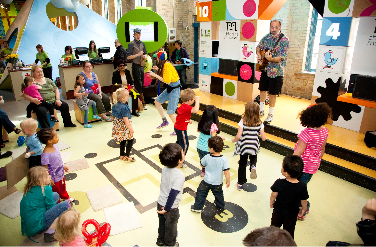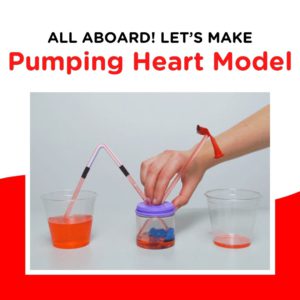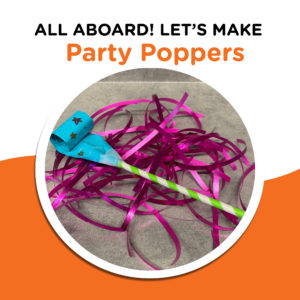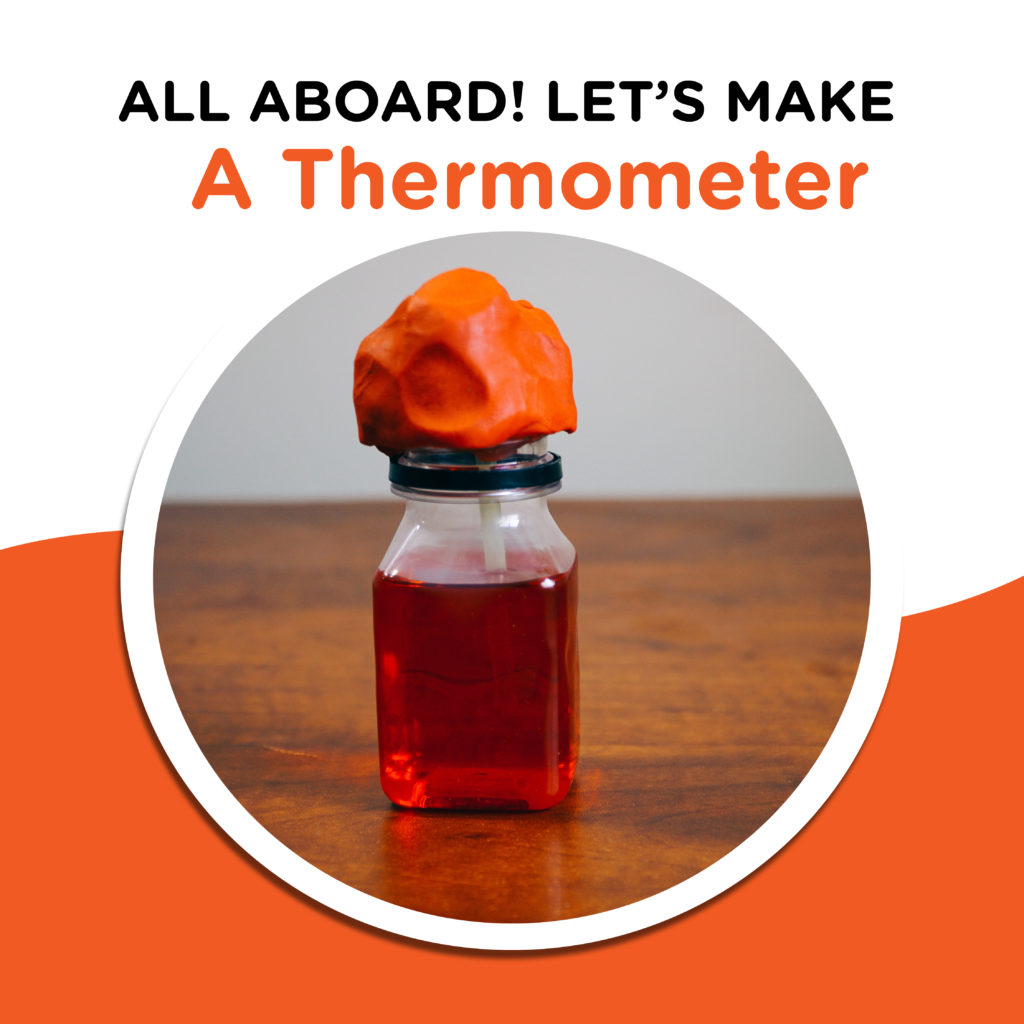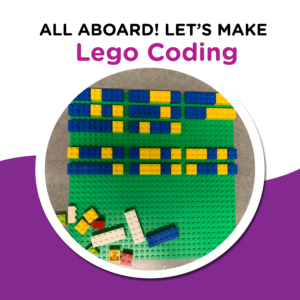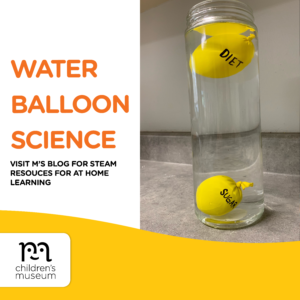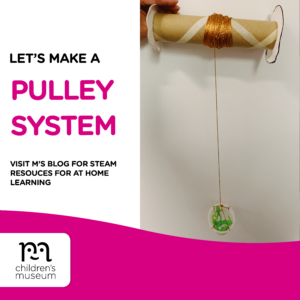ALL ABOARD: WE’RE GATHERING STEAM
This week’s area of focus is ENGINEERING. The challenge is to build a heart from toothpicks and playdough.
You’ll need:
- Toothpicks
- Playdough
Instructions
1. Set out a pile of toothpicks
2. Roll playdough into small balls- this will be the glue to connect the toothpicks together
3. Challenge your child to design and create a heart made of toothpicks
Children will learn about how to engineer different structures. They can use their creativity in design and test out the strength of different shapes. This is a fun way to learn and identify shapes.


